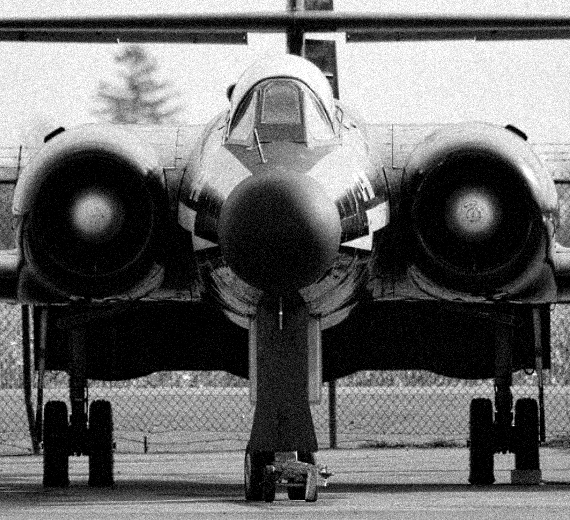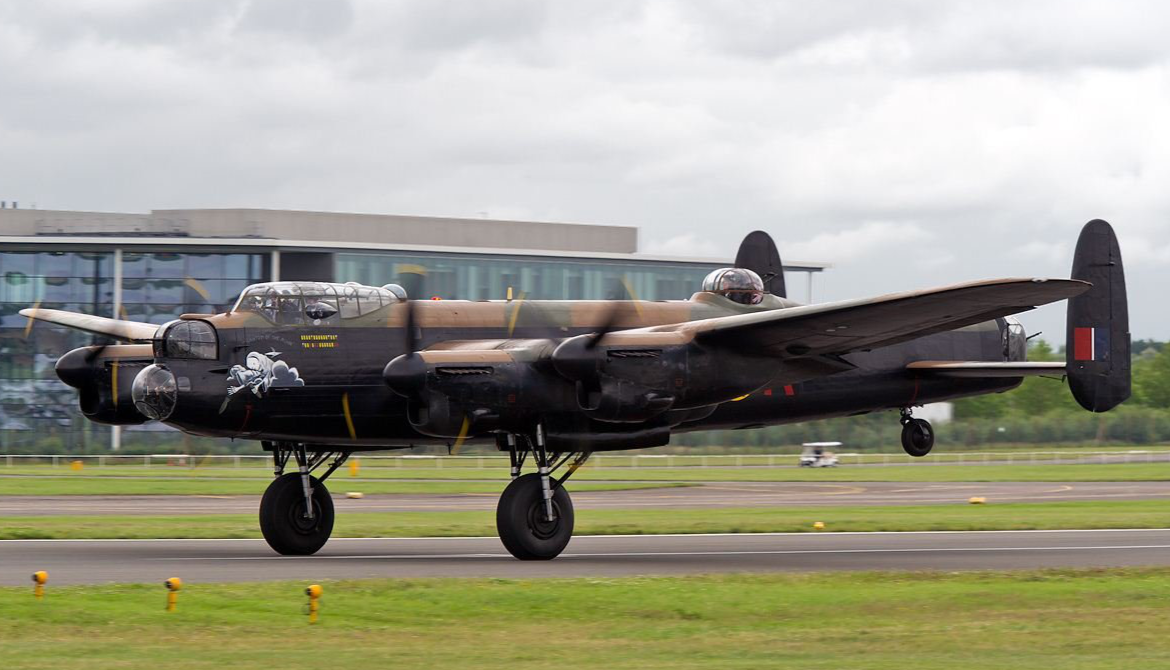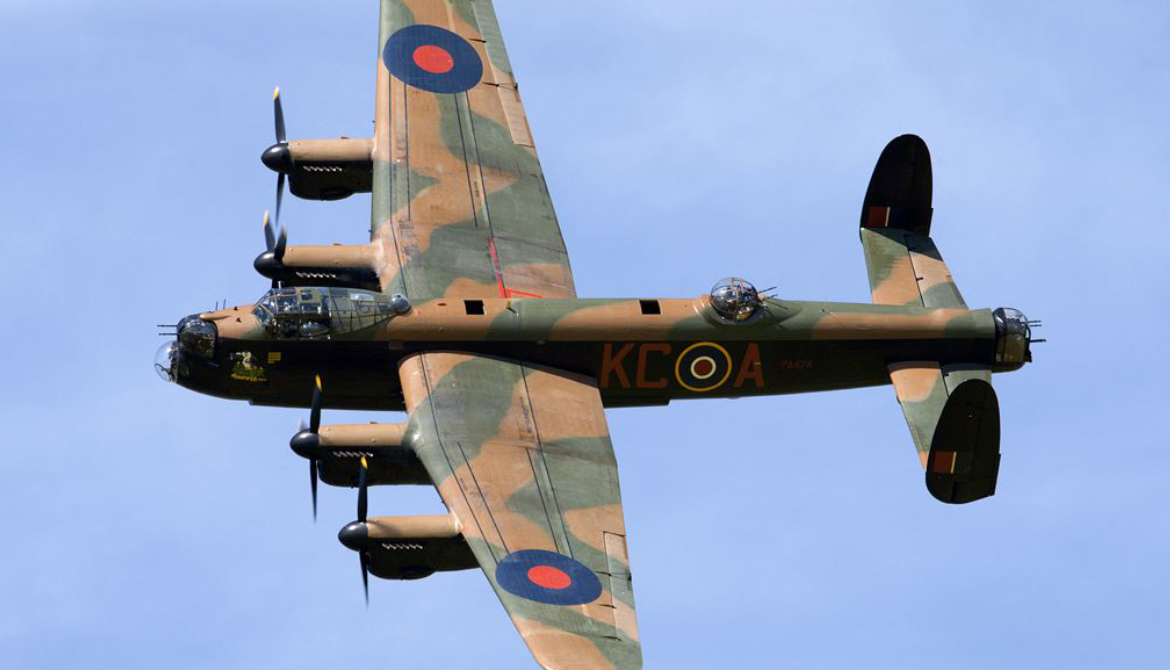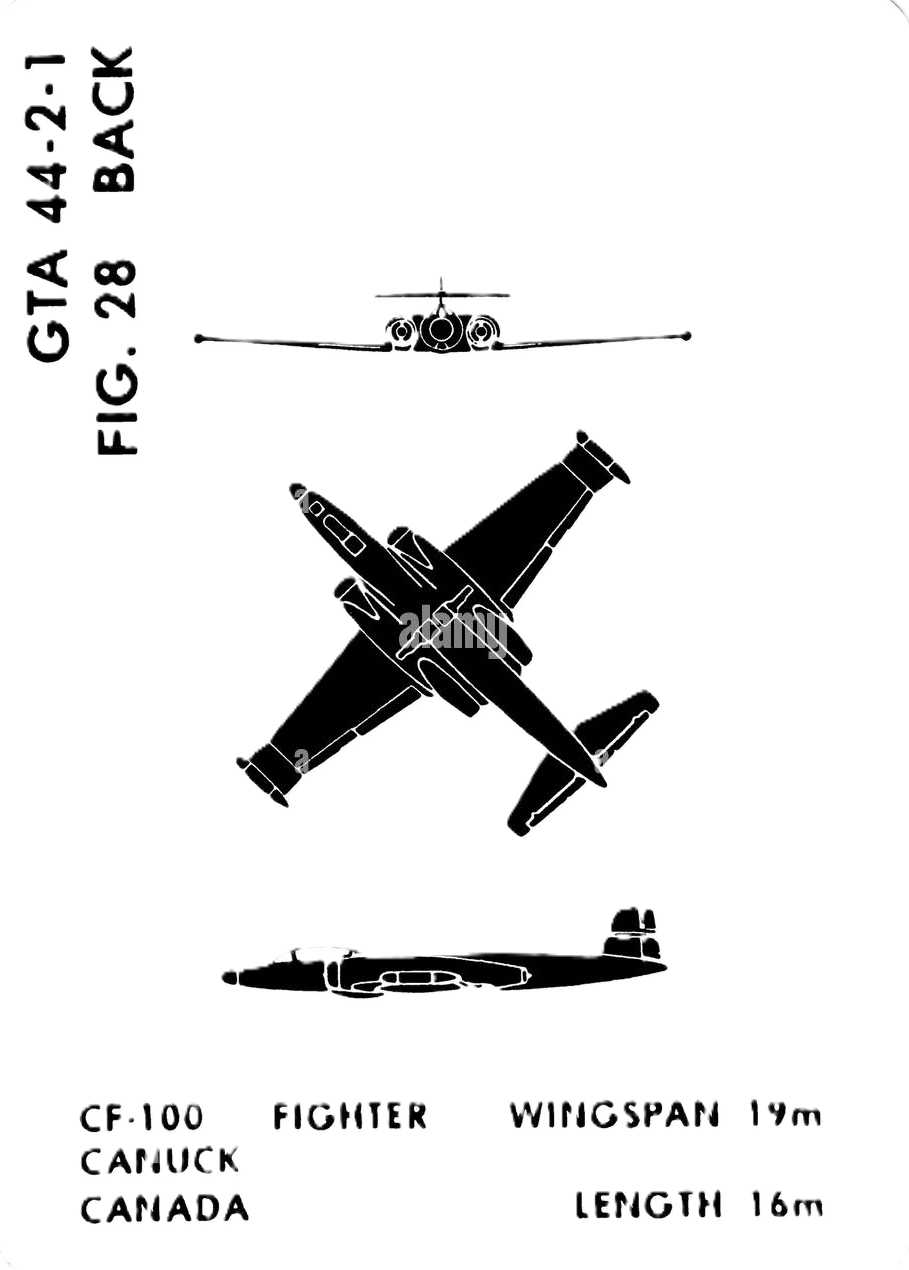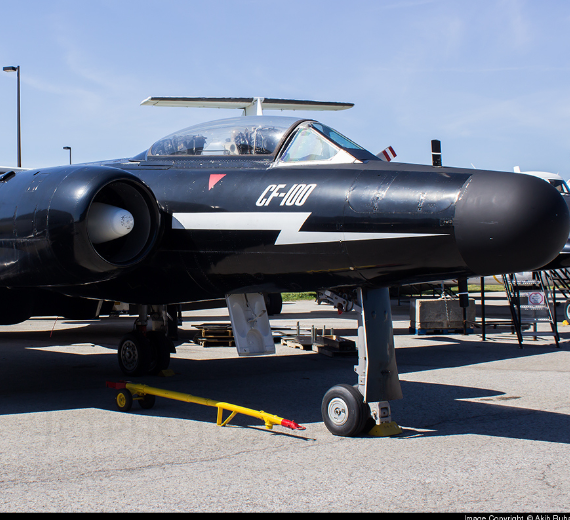Avro Canada
CF-100 Canuck "Clunk"
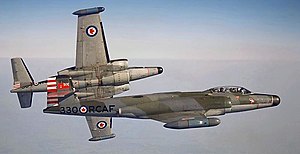 |
|
| No. 423 Squadron Mk 4B CF-100s, 1962. This squadron was based in Grostenquin, France. | |
| Role | Interceptor aircraft |
|---|---|
| Manufacturer | Avro Canada |
| First flight | 19 January 1950 |
| Introduction | 1952 |
| Retired | 1981 |
| Status | Withdrawn from service |
| Primary users | Royal Canadian Air Force Belgian Air Force |
| Number built | 692 |
| Developed into | Avro Canada CF-103 |
.
History Avro Canada
CF-100 Canuck "Clunk"
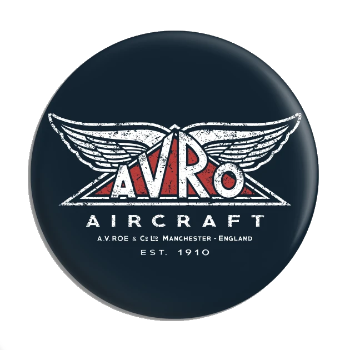
The CF-100 principally served with the Royal Canadian Air Force and Canadian Armed Forces; it was also procured in small numbers by Belgium to equip the Belgian Air Component. Introduced during 1952 amid the Cold War, the CF-100 was typically deployed at both NATO bases in Europe and in North America as part of North American Aerospace Defense Command (NORAD). In addition to the type's use by frontline squadrons, it was also supplied to operational training units and frequently used for other secondary duties, including aerial reconnaissance and electronic warfare roles. During the early 1950s, the Avro Canada CF-103, an advanced derivative of the CF-100 that adopted a swept wing and was capable of transonic speeds, was in development, but was terminated. Further development of these concepts ultimately led to the Avro Canada CF-105 Arrow.
The Avro Canada CF-100 Canuck (affectionately known as the "Clunk") is a Canadian twinjet interceptor/fighter designed and produced by aircraft manufacturer Avro Canada. It has the distinction of being the only Canadian-designed fighter to enter mass production..
Design

 CF-100 Mk 3 at the Canadian Museum of Flight in July 1988..
CF-100 Mk 3 at the Canadian Museum of Flight in July 1988..
0
KmCeiling
0
KmCombat RANGE
0
Km/hAircraft Speed
0
Max Crew
Photo Gallery
Avro Canada
CF-100
Canuck "Clunk"


Avro Canada
CF-100 Canuck "Clunk"
General Info
-
-
-
- Crew: two
- Length: 54 ft 2 in (16.51 m)
- Wingspan: 57 ft 2 in (17.42 m)
- Height: 14 ft 6 in (4.42 m)
- Wing area: 591 sq ft (54.9 m2)
-
-
Powerplant
-
-
- Empty weight: (10,478 kg)
- Gross weight: (15,173 kg)
- Max takeoff weight: (16,329 kg)
- Powerplant: 2 × Avro Canada Orenda 11 turbojet engines, 7,300 lbf (32 kN) thrust each
-
Performance
-
- Maximum speed: (888 km/h,
- Range: 2,000 mi (3,200 km,)
- Service ceiling: (14,000 m)
- Rate of climb: 8,750 ft/min (44.5 m/s)
- Thrust/weight: 0.44
Related development
-
-
- Rockets: 2 wingtip pods of 29 x 70-mm (2.75 in) "Mighty Mouse" fin-folding aerial rockets
- Radar
Avionics
-
.
Links to Youtube & Others
During the late 1950s, an advanced supersonic interceptor, CF-105 Arrow along with the sophisticated Orenda Iroquois engine, was under development by Avro Canada as an intended successor to the CF-100. However, during 1959, work on the CF-105 was terminated following a controversial decision by the Canadian government.
Avro Canada
CF-100 Canuck "Clunk"
Belgium Belgian Air Force (53 Mk 5s from 1957 to 1964) 11 Squadron 349 Squadron 350 Squadron
Youtube Link
Immediately following the end of hostilities, the Lancaster was used without any major modifications as a transport aircraft, being used to ferry thousands of prisoners of war (POWs) back to the British Isles from across the continent.
